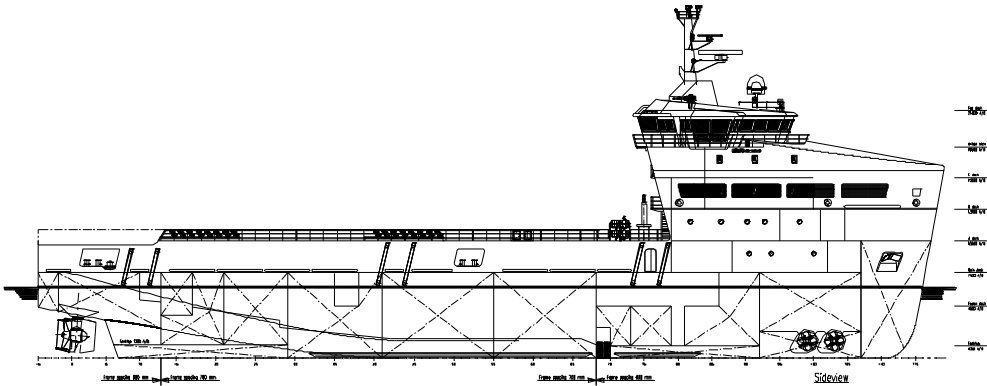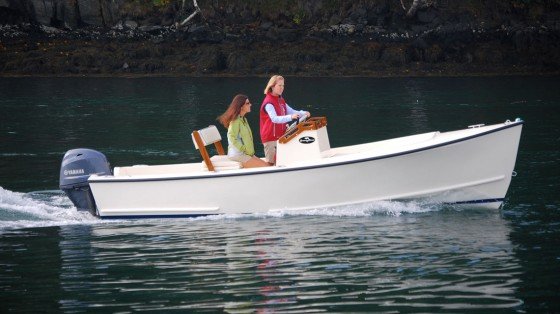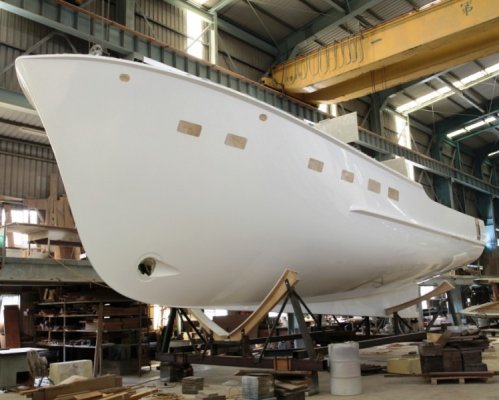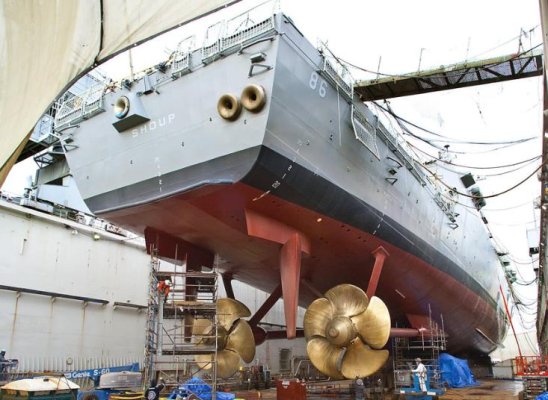menzies
Guru
So...
What is the definition of full displacement.
Is it a specific hull design? Where no matter the engine HP it will always stay within the FD formula. Hull Speed = 1.34 x √LWL
Or
Is is a boat with a limited hp power plant that can never exceed FD speeds based on the LWL? Even if that hull design with bigger engines would result in a boat that would exceed the formula!
Can you even describe a FD bottom?
What is the definition of full displacement.
Is it a specific hull design? Where no matter the engine HP it will always stay within the FD formula. Hull Speed = 1.34 x √LWL
Or
Is is a boat with a limited hp power plant that can never exceed FD speeds based on the LWL? Even if that hull design with bigger engines would result in a boat that would exceed the formula!
Can you even describe a FD bottom?







